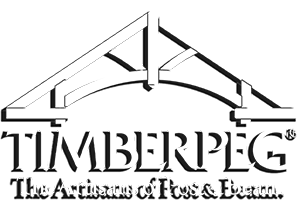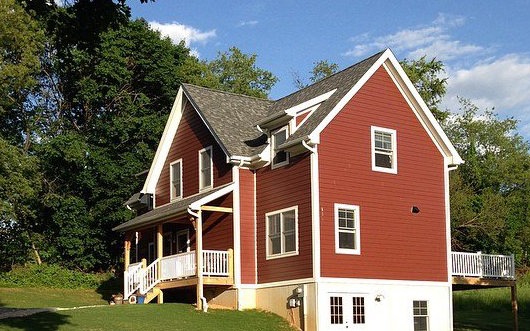Lately, the concept of passive house design has come to prominence in building and design discussions. A passive house is designed to require minimum energy for heating and cooling. While some of the techniques used are modern, such as improved insulation and heat recovery ventilators, many of the techniques have a long history in building design. Here are a few of these well-used techniques and where best to apply them.
Consider Your Shape Factor
The shape factor is merely a fancy name for the surface-to-volume ratio of a house. A house loses or absorbs heat through its exterior surface, while the volume determines how much livable space is available inside. Therefore, a low shape factor means a home will have less need for heating or cooling. This consideration needs to be tempered by practicality; a half-dome will have the lowest shape factor but is not a very practical building. In general, a more rectangular two story home will be more efficient than a rambling ranch home.
Use A Cool Roof If Appropriate
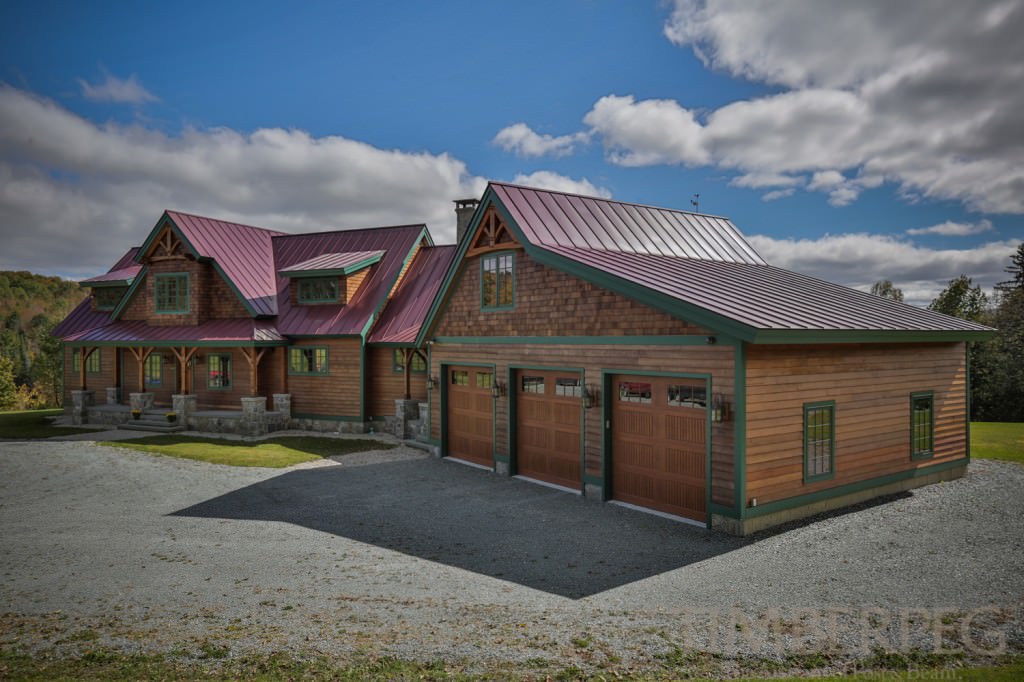
One recent trend has been to suggest that all roofs should be white or other highly reflective colors. While a white roof undoubtedly helps keep temperatures low in the summer sun, it also means your roof will be colder in the winter. A general rule of thumb is to check data for your area and consider a cool roof if your area has more cooling degree days than heating degree days. So while this technique may be appropriate in Miami and Phoenix, even areas as far south as Atlanta may be too cool for this to be effective. One thing is certain, proper roof insulation, like that found on all Timberpeg homes, is helpful year-round in all climates.
Use Trees to Your Advantage
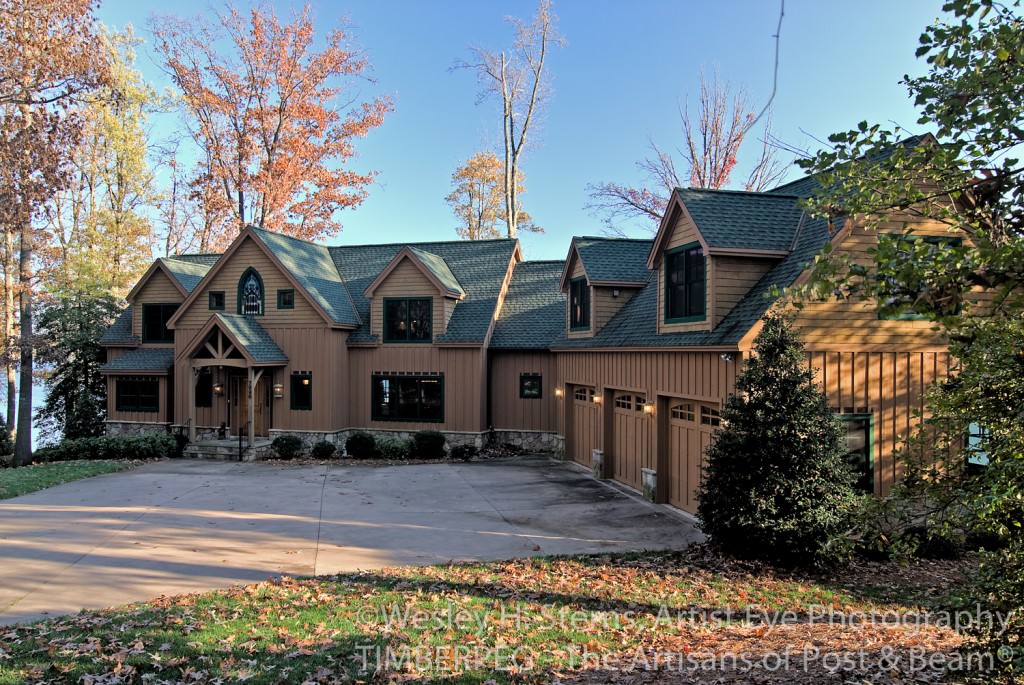
One way to get around the issue of cool roofs is to use Mother Nature to provide the solution for you. If you plant deciduous trees on your southern exposure, the leaves will keep the walls and roof cool in the summer. Once the leaves fall in the cooler months, the bare tree will allow the sun to heat the building in the winter. If you have cold northern winds in the winter, than evergreen trees planted on the northern exposure will also help to keep the winds down.
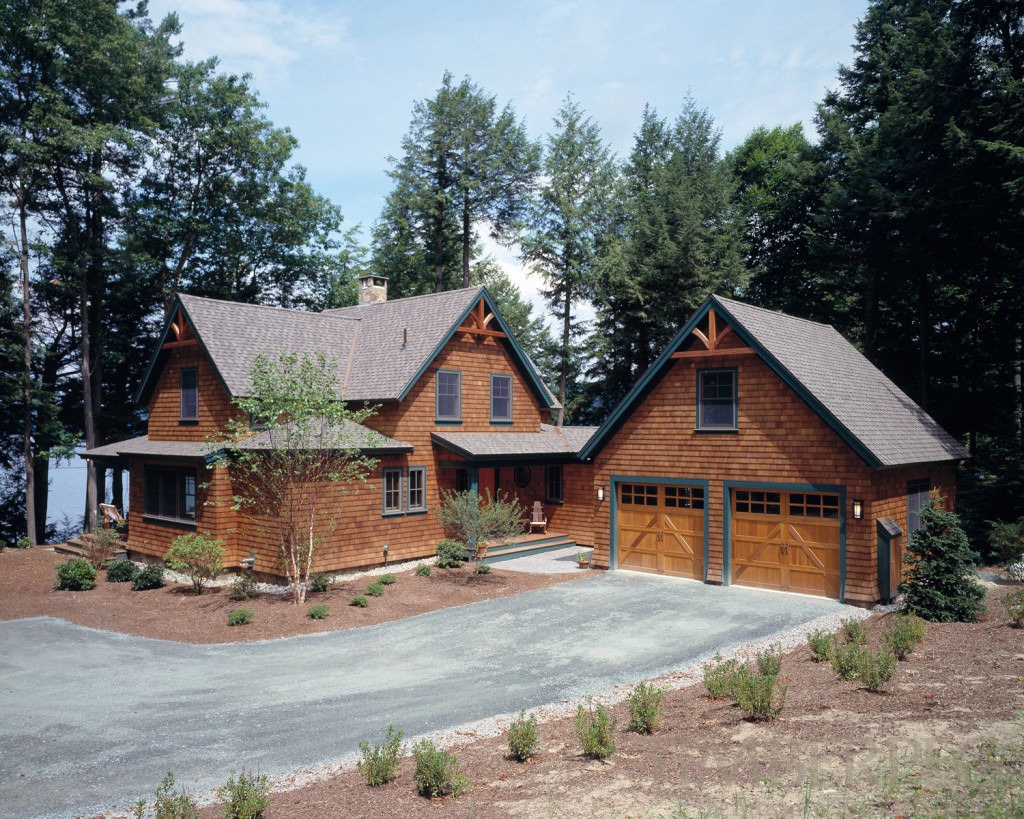
These are only a few ways to build a home with passive means for lower energy consumption. If you are interested in building an energy-efficient home of your own, please contact us.
